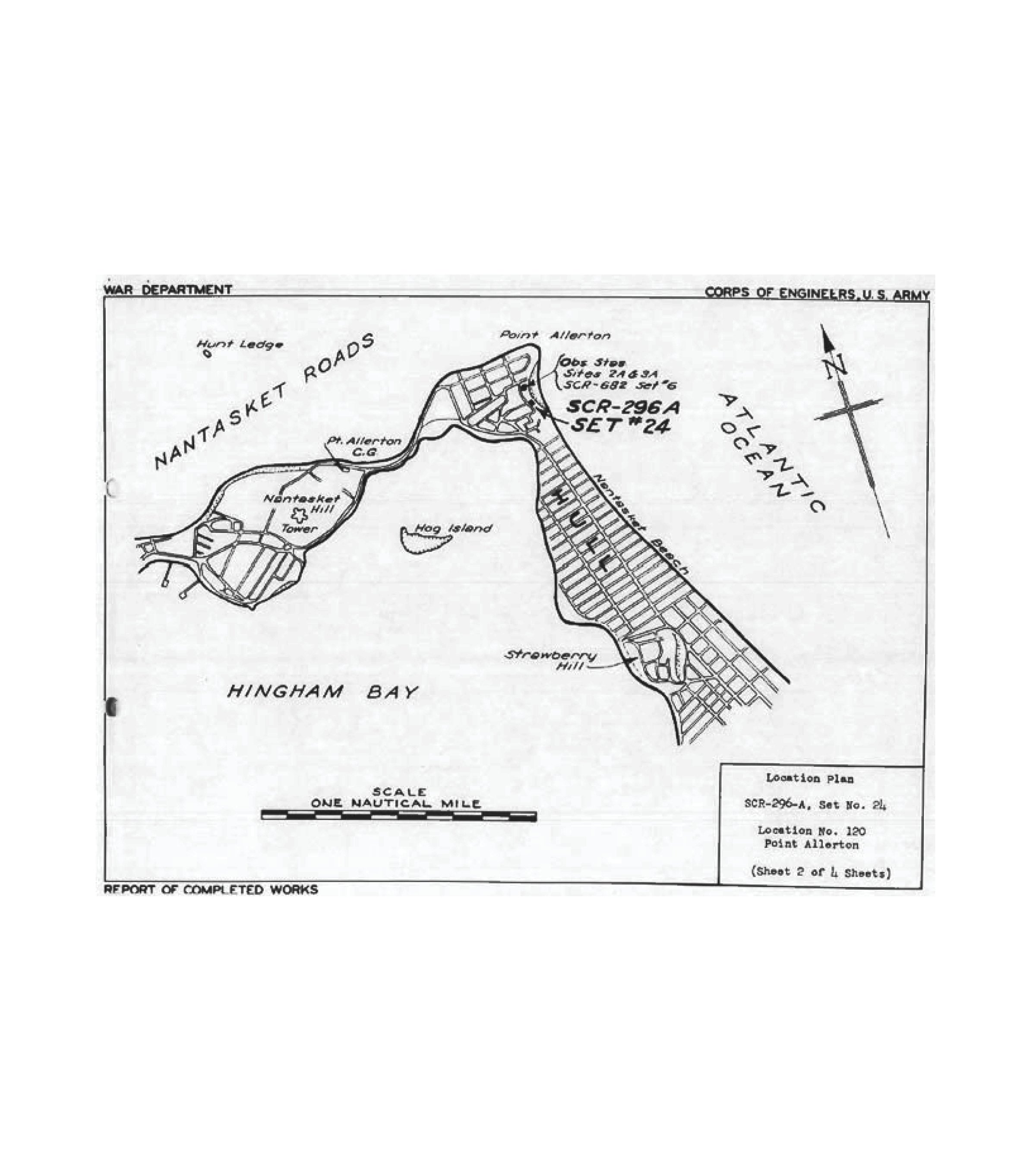Fire Control Towers
New Collective Ground: Fiberglass, Concrete, Water
IN PROGRESS
In the mid-20th century, architects around the world proposed utopian visions for cities that sought to address aging urban infrastructure. From floating settlements to elevated districts, these speculative projects offered a new ground for a new way of living.
During the same period, the United States transformed its coastlines to prepare for the Second World War. The Army Corps of Engineers mobilized the nation to build a new line of defense that consisted of fortifications, batteries, shipyards, and ports. Among these projects were “fire control” observation towers that were built in series to visually triangulate the position of approaching enemy ships.
By the war’s end, many of these structures were deemed obsolete and sold off. Their reinforced concrete construction made demolition difficult, and many towers still stand today along the Eastern Seaboard.
Like the utopian proposals of yesteryear, this thesis also identifies a need for new ground – but on America’s coastlines. Today, 34 million people live in the nation’s low-elevation coastal zone. Rising seas and intensifying storms have placed growing pressure on the ecological and infrastructural systems that sustain these areas. While many advocate for managed retreat, others are determined to stay and adapt.
This project reactivates the forgotten fire control towers as a new line of defense against today’s threat of storms. They become foundations for a new collective ground, fixed points on an unstable landscape where the horizontal and vertical intersect. Structural and spatial logics are inherited from naval architecture to produce an alternative way of living.
























































